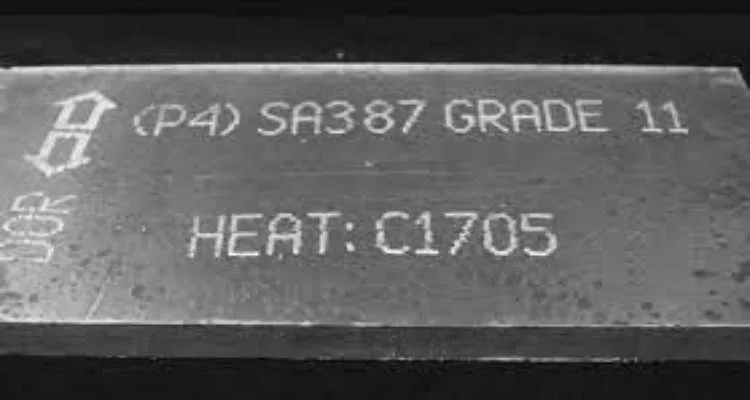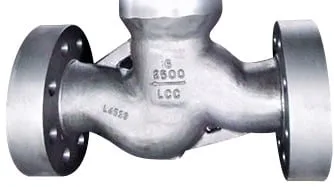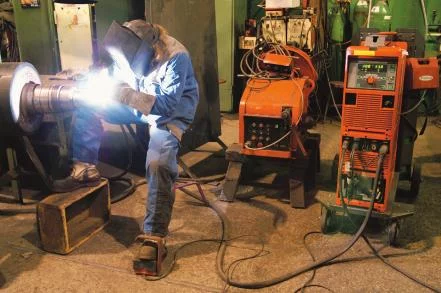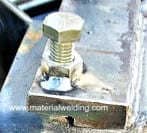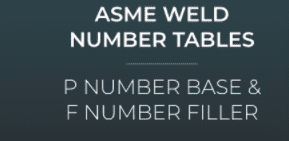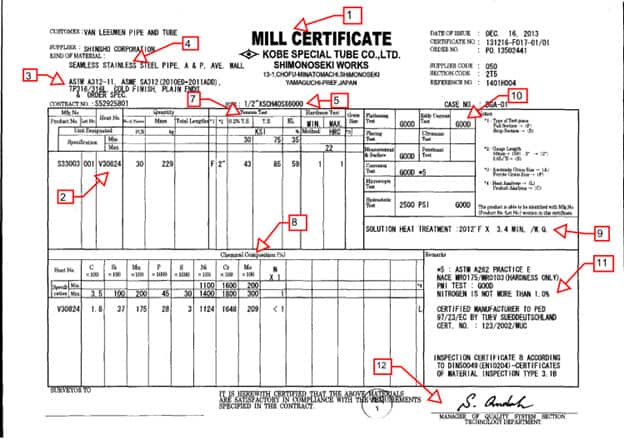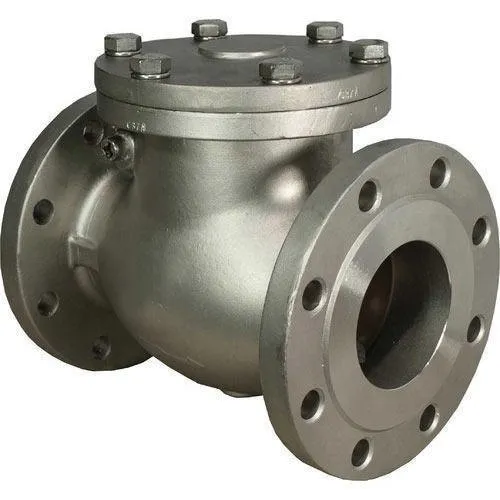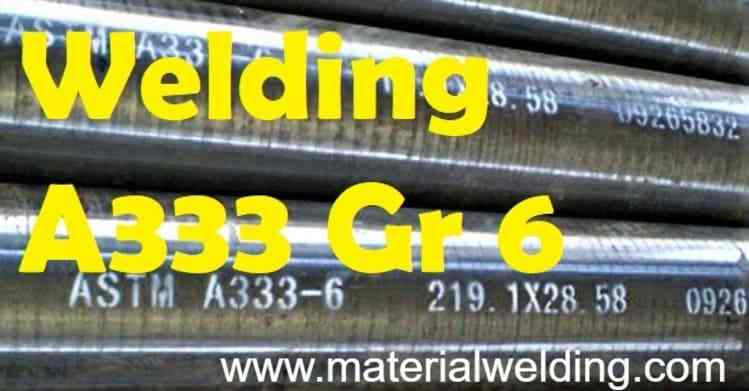Welding ASTM A516 Gr. 60, 65, 70
ASTM A516 is a specification for pressure vessel plates, carbon steel, for moderate and lower temperature service. This material is popular in the fabrication of boilers and pressure vessels, and its high-quality properties make it suitable for many industries. In this article, we will discuss the chemical compositions, mechanical properties, welding methods and heat treatment of ASTM A516 Gr. 60, 65, and 70.
Chemical Compositions of ASTM A516 Gr. 60, 65, 70
The chemical composition of each grade of ASTM A516 is crucial as it determines the material’s properties and performance. The following table shows the chemical compositions of ASTM A516 Gr. 60, 65, and 70.
| Element | Gr. 60 | Gr. 65 | Gr. 70 |
|---|---|---|---|
| Carbon (C) | 0.21% max | 0.24% max | 0.27% max |
| Manganese (Mn) | 0.60-0.90% | 0.85-1.20% | 0.85-1.20% |
| Phosphorus (P) | 0.035% max | 0.035% max | 0.035% max |
| Sulfur (S) | 0.035% max | 0.035% max | 0.035% max |
| Silicon (Si) | 0.15-0.40% | 0.15-0.40% | 0.15-0.40% |
Mechanical Properties of ASTM A516 Gr. 60, 65, 70
The mechanical properties, such as tensile strength, yield strength, and elongation, play a vital role in the performance and service life of the material. The following table displays the mechanical properties of ASTM A516 Gr. 60, 65, and 70.
| Property | Gr. 60 | Gr. 65 | Gr. 70 |
|---|---|---|---|
| Tensile Strength MPa (ksi), | (415-550) 60-80 | (450-585) 65-85 | (485-620) 70-90 |
| Yield Strength MPa (ksi) | 220 (32) min | 240 (35) min | 260 (38) min |
| Elongation in 200mm (min %) | 21 | 19 | 17 |
| Elongation in 50mm (min %) | 25 | 23 | 21 |
Welding ASTM A516
Stick Welding Rods
For stick welding ASTM A516, low hydrogen electrodes such as E7018 are commonly used. You can also use E7015 and E7018 rods. These electrodes provide excellent mechanical properties and a low-hydrogen weld deposit, which helps prevent hydrogen-induced cracking.
TIG & MIG Welding Rods
For TIG & MIG welding ASTM A516, ER70S-X filler metals, such as ER70S-2 or ER70S-6, are recommended. These filler metals are compatible with the base material and provide good mechanical properties, ensuring a strong and durable weld.
SAW Welding Wire
Submerged arc welding (SAW) is often used for welding ASTM A516 due to its high deposition rate and deep penetration capabilities. For SAW welding, an appropriate combination of wire and flux, such as EM12K and neutral flux, can be used to achieve the desired weld properties.
Heat Treatment of ASTM A516
After welding ASTM A516, it is essential to perform post-weld heat treatment (PWHT) to relieve residual stresses, improve toughness, and reduce the risk of stress corrosion cracking. The heat treatment process typically involves heating the material to a temperature of 1100°F to 1250°F (593°C to 677°C) and holding for a specified time, followed by controlled cooling. The exact PWHT temperature and duration depend on the material thickness, welding process, and applicable codes or standards.
In conclusion, welding ASTM A516 Gr. 60, 65, and 70 requires careful consideration of the material’s chemical compositions, mechanical properties, and welding methods. By paying close attention to these factors and adhering to proper welding practices, it is possible to achieve strong, durable, and reliable pressure vessel components.
